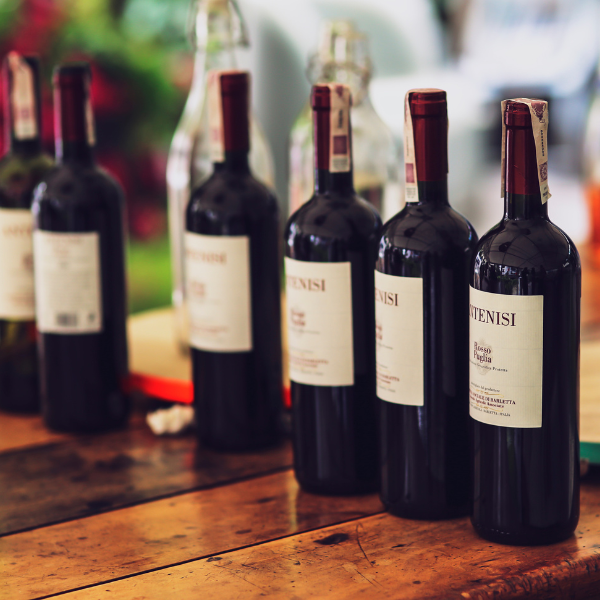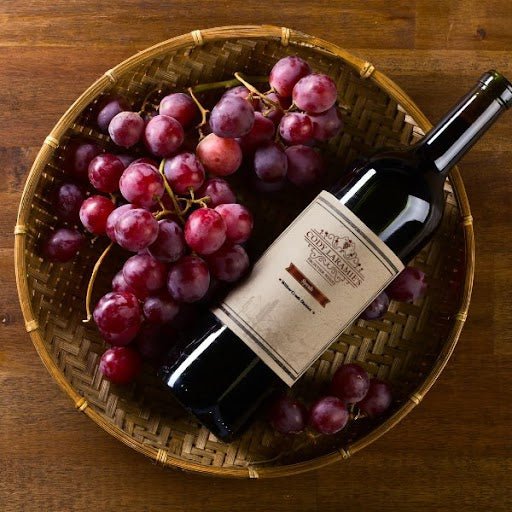In the competitive landscape of food service and hospitality, custom tray liners play a critical role in brand presentation and customer experience. However, managing the production of these seemingly simple items can be fraught with challenges. From design to delivery, inefficiencies in the production process can lead to increased costs, delays, and inconsistencies. This article explores strategies for achieving efficient tray liner production, ensuring brand teams and procurement professionals can streamline operations without compromising quality.
Understanding Custom Tray Liner Manufacturing
Custom tray liner manufacturing involves several intricate steps, each crucial for delivering a product that meets brand standards. Yet, many teams face hurdles such as design bottlenecks, resource wastage, and quality control issues. To optimize tray liner production, it’s essential to first break down the process:
- Design and Prototype: This initial stage involves creating a design that aligns with brand aesthetics and functional requirements. Efficient design software and collaboration tools can significantly reduce turnaround times.
- Material Selection: Choosing the right materials affects both cost and environmental impact. Sustainable options should be considered to meet increasing consumer demand for eco-friendly products.
- Production: Efficient production lines, possibly incorporating automated tray liner production technologies, help scale operations and maintain consistency.
- Quality Control: Implementing robust quality control measures ensures that each batch meets set standards, reducing rework and waste.
Optimizing the Tray Liner Production Workflow
Improving the tray liner production workflow requires a strategic approach that balances speed, cost, and quality. Consider these best practices:
- Lean Manufacturing Practices: Adopting lean manufacturing for tray liners can help minimize waste and improve efficiency. Techniques like Just-In-Time (JIT) production ensure that materials and products are only created as needed, reducing excess inventory.
- Automation and Technology Integration: Incorporating custom tray liner production technology, such as automated cutting and printing machinery, can increase production speed and accuracy.
- Supplier Collaboration: Building strong relationships with suppliers can lead to better pricing, more reliable delivery schedules, and collaborative problem solving.
For instance, a hypothetical brand team at a national restaurant chain worked with their suppliers to introduce digital design files that seamlessly integrated with the production line, reducing design errors and speeding up the production cycle.
Quality Control and Sustainability in Tray Liner Production
Maintaining high standards in custom tray liner quality control is critical for brand consistency. Implementing a structured quality assurance process can identify issues early, reducing costly mistakes. Additionally, sustainable tray liner production is becoming a priority for many brands aiming to reduce their ecological footprint.
Consider these steps to enhance quality and sustainability:
- Regular Audits: Conduct routine audits of the production line to ensure compliance with quality standards and identify areas for improvement.
- Sustainable Materials: Opt for recyclable or biodegradable materials to appeal to environmentally conscious consumers and comply with regulations.
- Continuous Training: Invest in training for staff to ensure they are skilled in the latest production techniques and sustainability practices.
Scenario: Implementing Tray Liner Production Improvements
Imagine a creative operations team at a major hotel chain tasked with revamping their tray liner production process. By engaging with Customizable.com, they were able to streamline their entire operation. Utilizing our platform, they integrated automated design tools, established direct lines with suppliers, and adopted sustainable practices.
As a result, they reduced production costs by 20%, improved delivery times by 30%, and met sustainability goals, enhancing their brand reputation and customer satisfaction.
FAQs on Tray Liner Production
Q: What is the most cost-effective way to produce custom tray liners?
A: Leveraging automation and lean manufacturing principles can significantly reduce costs and improve efficiency in tray liner production.
Q: How can I ensure my tray liners are sustainable?
A: Choose eco-friendly materials like recycled paper or biodegradable plastics, and work with suppliers that prioritize sustainable practices.
Q: What role does technology play in modern tray liner production?
A: Technology enhances precision, speed, and customization capabilities, allowing for efficient production of high-quality tray liners.
For more insights into optimizing your custom tray liner production, explore what Customizable.com can offer. Our solutions are designed to enhance efficiency, sustainability, and brand impact.









